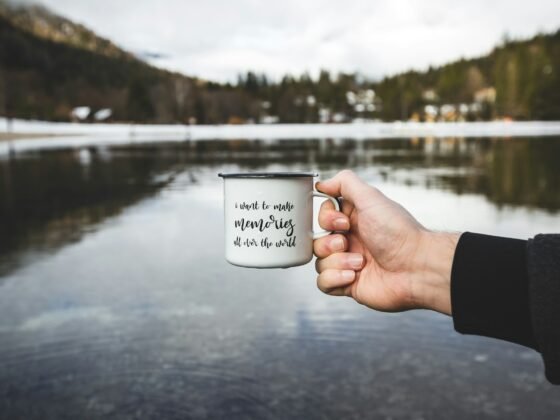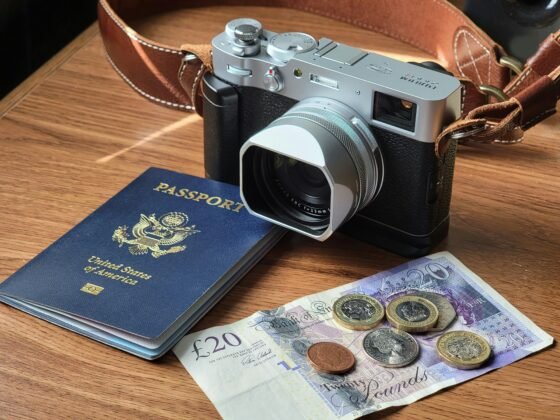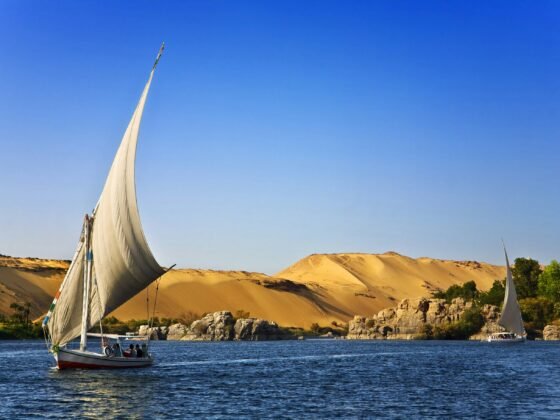Okavango Safaris – Adventure Holidays Guide for Okavango Tours
The unique features of Okavango Delta (also called the Okavango swamps), which is the world's largest inland delta, include islands that form and disappear with each flood season, as well as the Moremi Game Reserve, a protected reserve which is home to 500 species of birds as well as lions, leopards, cheetahs, giraffes, and large game. Many a species of wildlife also congregates on Chief's Island whenever there is a rise in the water level.
Moremi Game Reserve
The Moremi Game Reserve is located on the eastern side of the Okavango Delta and offers tours by 4X4 and by foot as well as in a dug-out canoe called a mokoro. July to October is the best time to visit the Moremi Game Reserve and experience wildlife in its natural habitat. Since that habitat consists of both wet and dry areas, the variety of species is remarkable, especially when it comes to the birds that can be watched from lagoons located throughout the reserve. All of the great cats of Africa are to be found in this 5000 sq. km. reserve, with leopards enjoying the shade and safety of the forests and wooded areas of Moremi. Elephants and giraffe are native to Moremi, and it is the largest natural habitat of the African wild dog as well as home to the red lechwe, a strikingly beautiful and graceful variety of antelope.
Accommodations at the Moremi Game Reserve
In order to preserve the unspoiled nature of the reserve, few lodges are located on the reserve itself but there is a selection of lodges around its perimeter. These include luxury accommodations such as Baine's Camp as well as other lodges of various descriptions and prices. In addition, four areas have been set aside for camping - at South Gate, Third Bridge, Xakanaxa, and Khwai. Transfer between the Okavango lodges and Okavango camps is available by convenient light plane.
Chief's Island
Chief's Island is the largest island in the Okavango Delta and it is located in the very center of the delta. Once the private hunting grounds of the royal family of Botswana, today Chief's Island is under the administration of the nearby Moremi Game Reserve. As it is a protected habitat, the island is an ideal location to view wildlife, including prides of lions as well as elephants, rhinoceros, leopards, cheetahs, red lechwe, zebra and wildebeest. Primate species that are native to Chief's Island include baboons and vervet monkeys, and amphibians and reptiles include hippos and crocodiles. The varied forms of vegetation range from trees such as acacia to the grasses that nourish grazing herds in the lagoons and wetlands of the island. Even termite mounds are to be found here, and they contribute to the unique environmental balance of Chief's Island.
Accommodations in Chief's Island
Three main camps, or lodges, Chief's Camp, Little Mombo, and Mombo Camp, are located on the island.
Chief's Camp provides luxury lodging consisting of twelve bush pavilions which enable guests to view wildlife without even leaving the camp. The spacious rooms are built to luxury standard and include typical luxury hotel amenities.
Little Mombo is unique in that buffalo greet its guests on a regular basis as they are to be found sleeping under the chalet that has been renovated to top luxury standards and includes three luxury suites. It is renowned for its food as well as for the game drives that it conducts for guests every morning and evening.
Mombo Camp is adjacent to Little Mombo Camp and provides the same on-site game viewing opportunities to the guests of its nine recently renovated pavilions. It is also a high luxury property which is scheduled for even further renovation during the first months of 2011.
Additional accommodations that are convenient to both Chief's Island and the Moremi Game Reserve range from self-drive safari camps to luxurious lodges that are similar to the three lodges located on Chief's Island.
In addition to the specific protected areas of Moremi Game Reserve and Chief's Island, the Okavango Delta includes salt islands, which began as termite mounds and now feature salt deposits in the center where little except salt-resistant palm trees can grow. These barren areas are surrounded by fertile wetlands soil where trees and grasses flourish. In addition, new islands are quickly formed and just as quickly disappear, forming when plants capture sand from the Okavango River and disappearing when floodwaters form new channels that wash away the fragile new islands.
The unique wetlands ecosystem of the entire delta of Botswana Okavango is also home to native tribal peoples including the famed "Bushmen of the Kalahari Desert" as well as Bantu tribes. The best way to experience the diversity of the species and people of the Okavango Delta is to participate in a guided tour of the delta, which usually takes at least two weeks as it is a vast area indeed. Camps and lodges are available throughout the area, including in the most remote reaches of the wetlands where attractions are centered around the unique birds and plant life of these areas.
A visit to the delta on Okavango tours is a unique way to experience the wildlife and flora of Africa in its most pristine natural environment. The unique wetlands ecosystem and abundance of Africa's most famous species of predators, primates and game makes it a prime destination for safaris and eco-tourism alike.










